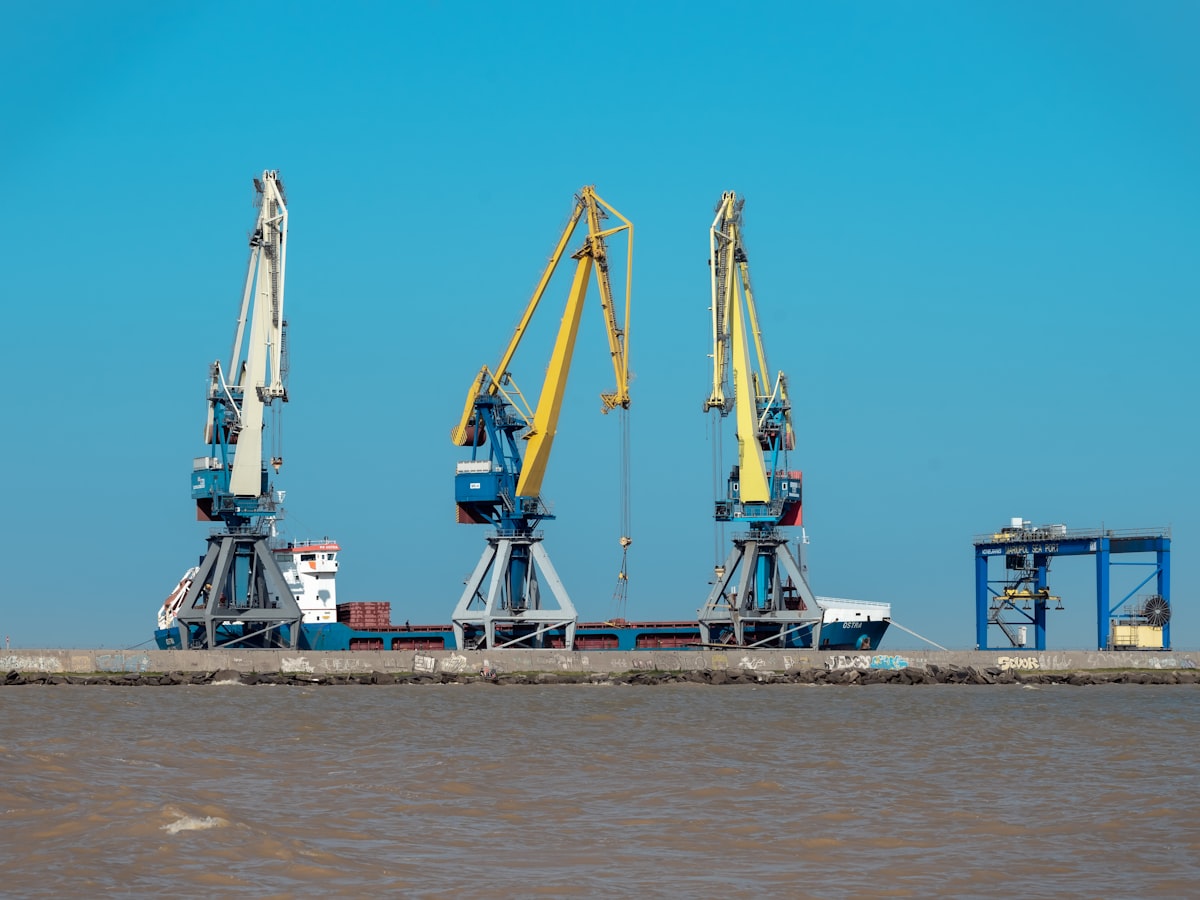Cantarell: The field that opened the way to the country's oil boom
How after the discovery of Cantarell, in a few years, the Campeche Sound was flooded with oil facilities where intense activities are carried out without a break.

Cantarell is the largest oil field ever discovered and exploited in Mexico's history; its impressive dimensions placed it in sixth place in the very reduced category of supergiants known in the orb. Its reserves transformed the country's history and proposed new routes for Pemex to position it among the main oil-producing and exporting companies.
For more than three decades, Cantarell oriented the expansion of exploration and extraction activities in the waters of the Campeche Sound; this made Pemex the oil company with the greatest volume of offshore operations, with around 200 platforms and approximately 650 wells exploiting hydrocarbons; the facilities are provided with a wide variety of services to maintain their operation.
From the exploitation of this field, the country stood out as a producer and exporter of oil to be placed for the first time in the world as one of the relevant nations in the field of hydrocarbons. It should be noted that of the 30 billion barrels of oil that Pemex produced between 1980 and 2010, Cantarell contributed 14 billion.
Cantarell contributed up to six out of every ten barrels of crude produced in the country.
Located 85 kilometers northeast of Ciudad del Carmen, in the Gulf of Mexico, in 1979 the exploitation of this mega field began and in December 2004 it reached its highest historical production (surpassed only by the Ghawar field in Saudi Arabia).
Cantarell is one of the main oil projects that has contributed the most foreign currency to the nation, consolidating, at the beginning of the '80s, as the first oil and gas producing asset of the country thanks to the fact that it managed to maintain a constant exploitation rhythm for more than 20 years.
From the beginning of its exploitation, the "Cantarell effect" was quickly felt in oil activity. The take-off in national production was magnificent since, from extracting an average of 829 thousand barrels per day during the 70s, Pemex increased its production to 2.8 million in the 90s and reached its maximum production (of 3.2 million) between 2000 and 2007. All of this is due, primarily, to the resources obtained in Cantarell, whose contribution, at its best, came to represent more than 60 percent of Mexico's production and 2.7 percent of world production.
Cantarell even today, in full decline, still offers more than 250 thousand barrels per day; it is estimated that its productive life can be extended for several years.
Due to the discovery of Cantarell, Mexico abandoned the 35th place it occupied in the world scale, in 1976, for its level of oil reserves, to be placed within the first 10 places. Thanks to the 15,500 square kilometers of extension of the Cantarell basin, prospective hydrocarbon resources were estimated at 17,700 million barrels of crude oil equivalent. Although Cantarell has currently ceded the privileged first place nationally as a hydrocarbon producing field, the legacy it has left is of the utmost importance, not only for the oil activity but also for the benefits it has brought to the country.
History of a giant
The first exploratory well was drilled in 1976 in a 30-meter water strip and at a depth of 1,200 meters. Later, with the drilling of other wells, the existence of the large deposit was confirmed.
One year later, the first drilling platform was installed and, one year later, the Akal 1-A well was completed, whose initial production of 16 thousand barrels per day was obtained in June 1979. By December of that year, production had risen to 239 thousand barrels per day. The first foreign sale of oil from Cantarell took place on November 11, 1979, on the Goward Solveing tanker, which departed from the Pajaritos maritime terminal in Veracruz, with a cargo of 100,705 barrels of Maya type crude.
Cantarell reached its highest point of production in 2004, after a quarter of a century of being the basin with the greatest contribution to the volume of crude oil extracted in the entire country.
The outstanding discovery motivated an intense exploratory activity in the Campeche Sound, so that by 1980, 12 producing fields had been discovered, in addition to Akal; they were also named in the Mayan language; Nohoch, Abkatun, Maloob, Ku, Ixtoc, Kutz, Bacab, Pool, Kanuac, Chac and Ek.
In 2004, Cantarell reached its maximum production capacity and, since then, has experienced a decline in ranges above 15 percent in annual terms, which meant that, in 2008, it ceased to be the main hydrocarbon producing field in Mexico. Due to the decline of the mega field, Pemex has promoted strategies to restore reserves and mitigate the decline in the country's production.
Reactivation strategy in Cantarell
In 1987, pneumatic pumping was used as an artificial production system and remote separators were installed on the peripheral platforms to lower the back pressure and have a better operation scheme.
In 1997, the Modernization and Optimization Project of the Cantarell Complex was started up, which consisted of installing platforms and pipelines, as well as drilling and completing gas production wells and injectors. In May 2000, an additional recovery method was implemented with the injection of nitrogen into the reservoir as a pressure maintenance system, which allowed us to reach a record production of 2.2 million barrels per day in December 2003.
The increase in oil production in the Akal field was maintained until 2005, when, due to the nature of the field, production began to fall and wells were operated with water and gas, establishing a management concept related to the decline of the Akal field. As part of this process, in addition to the continuity of gas injection to the field and optimizations at the well and surface level, new technologies were applied. With the aforementioned actions, we managed to attenuate the trend with stabilized production levels.
If anything, it is clear that Cantarell still has many lessons to provide. The more than 180 wells it has in operation have become true revitalization laboratories to increase the recovery of the reservoirs. Under this approach, more than 2 thousand people on Cantarell's marine platforms (and another 400 who carry out important activities from land) strive day and night to acquire the lessons that come from the subsoil.
Every drop of oil obtained from its wells has meant, throughout the existence of this supergiant, countless benefits for the company: more and better experience, knowledge, technology, infrastructure, and resources to invest in new challenges; with a broader perspective, for the country, it has meant textbooks, classrooms, young professionals, clinics, roads, lighting, and development, among others.
Source: Excerpt from the book Pemex en el Mar, the title of the book published by Petróleos Mexicanos




